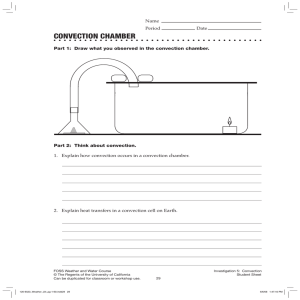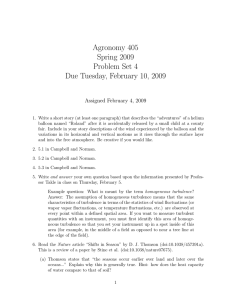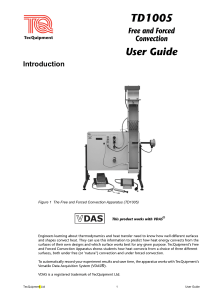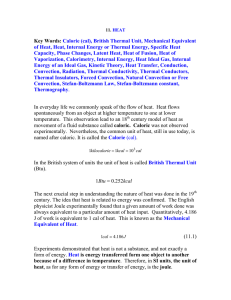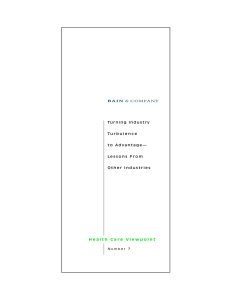Cryogenic Buoyancy-Driven Turbulence
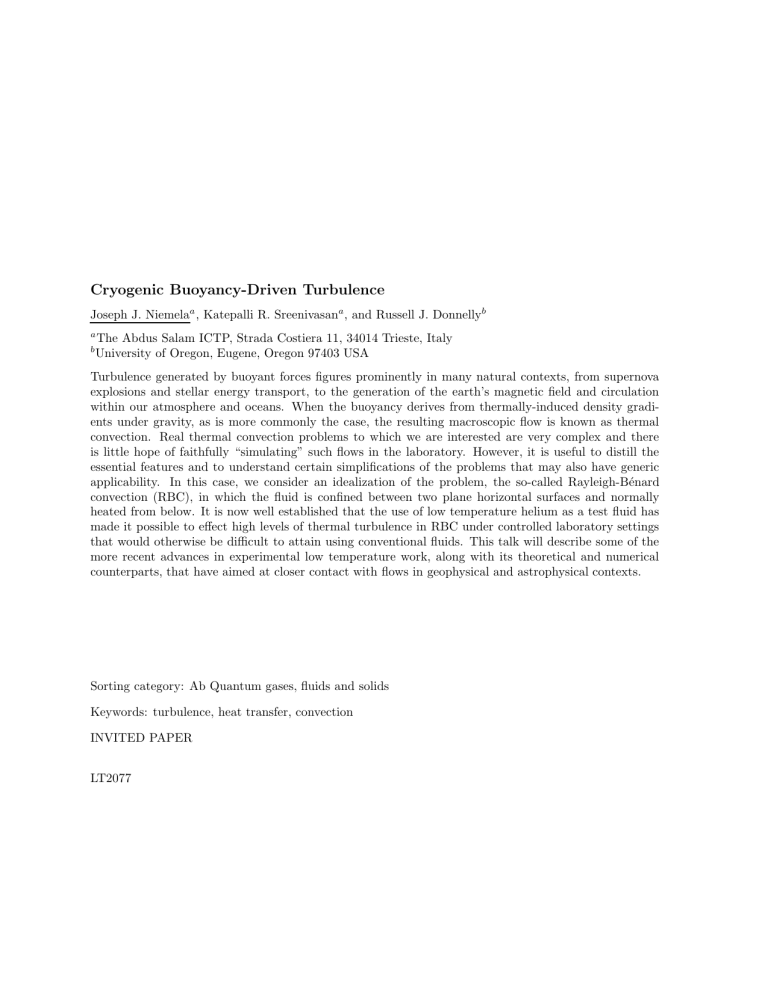
Cryogenic Buoyancy-Driven Turbulence
Joseph J. Niemela a , Katepalli R. Sreenivasan a , and Russell J. Donnelly b a The Abdus Salam ICTP, Strada Costiera 11, 34014 Trieste, Italy b University of Oregon, Eugene, Oregon 97403 USA
Turbulence generated by buoyant forces figures prominently in many natural contexts, from supernova explosions and stellar energy transport, to the generation of the earth’s magnetic field and circulation within our atmosphere and oceans. When the buoyancy derives from thermally-induced density gradients under gravity, as is more commonly the case, the resulting macroscopic flow is known as thermal convection. Real thermal convection problems to which we are interested are very complex and there is little hope of faithfully “simulating” such flows in the laboratory. However, it is useful to distill the essential features and to understand certain simplifications of the problems that may also have generic applicability. In this case, we consider an idealization of the problem, the so-called Rayleigh-B´enard convection (RBC), in which the fluid is confined between two plane horizontal surfaces and normally heated from below. It is now well established that the use of low temperature helium as a test fluid has made it possible to effect high levels of thermal turbulence in RBC under controlled laboratory settings that would otherwise be difficult to attain using conventional fluids. This talk will describe some of the more recent advances in experimental low temperature work, along with its theoretical and numerical counterparts, that have aimed at closer contact with flows in geophysical and astrophysical contexts.
Sorting category: Ab Quantum gases, fluids and solids
Keywords: turbulence, heat transfer, convection
INVITED PAPER
LT2077






